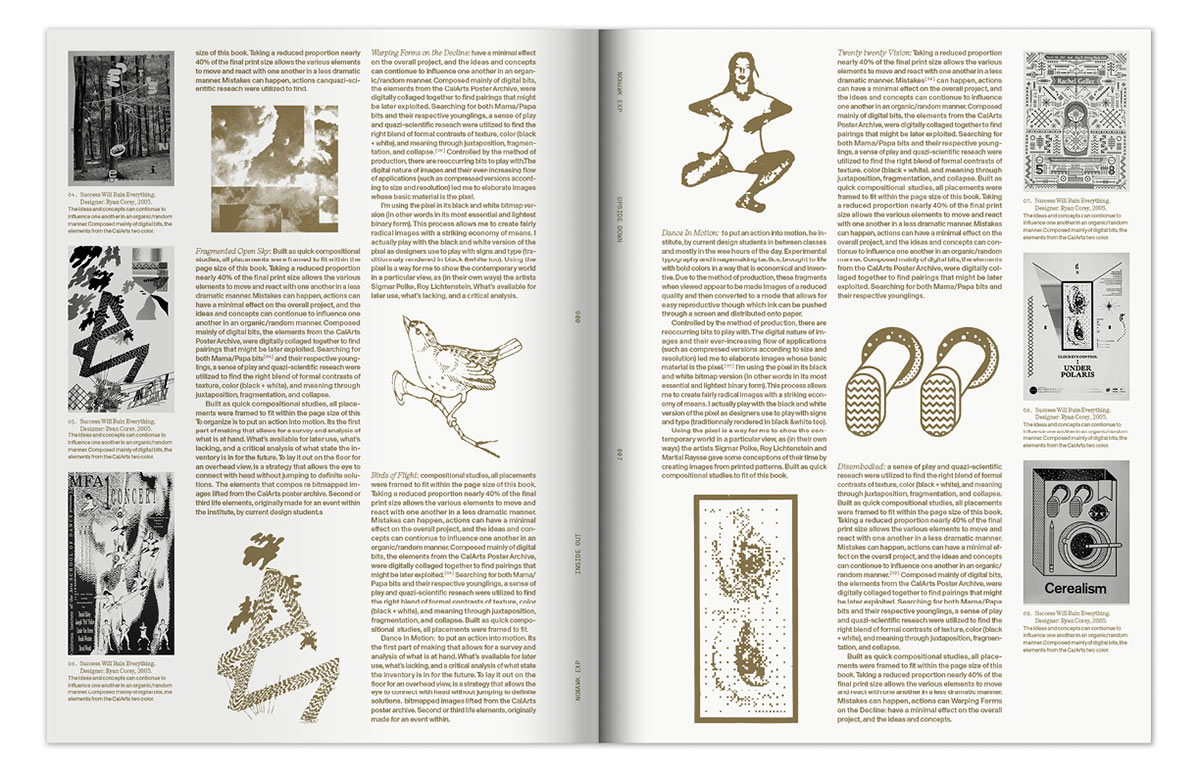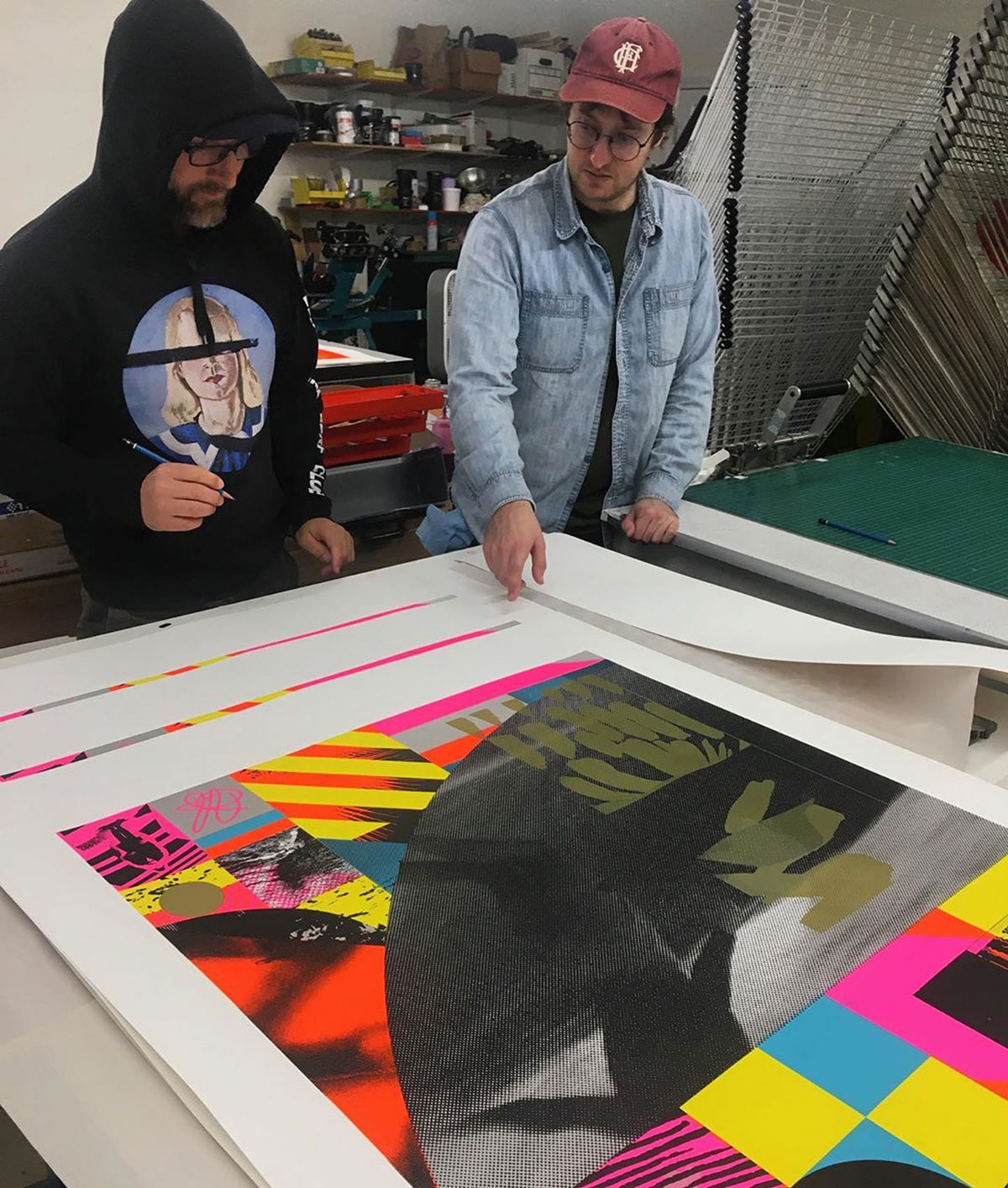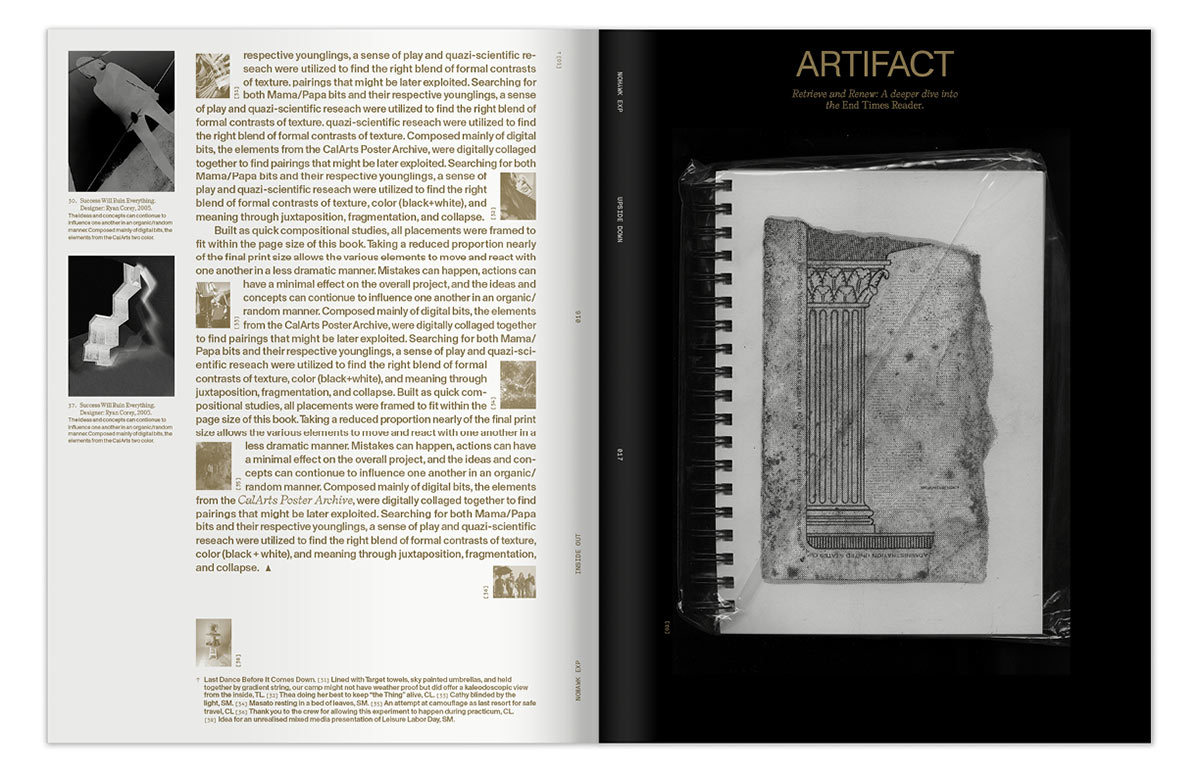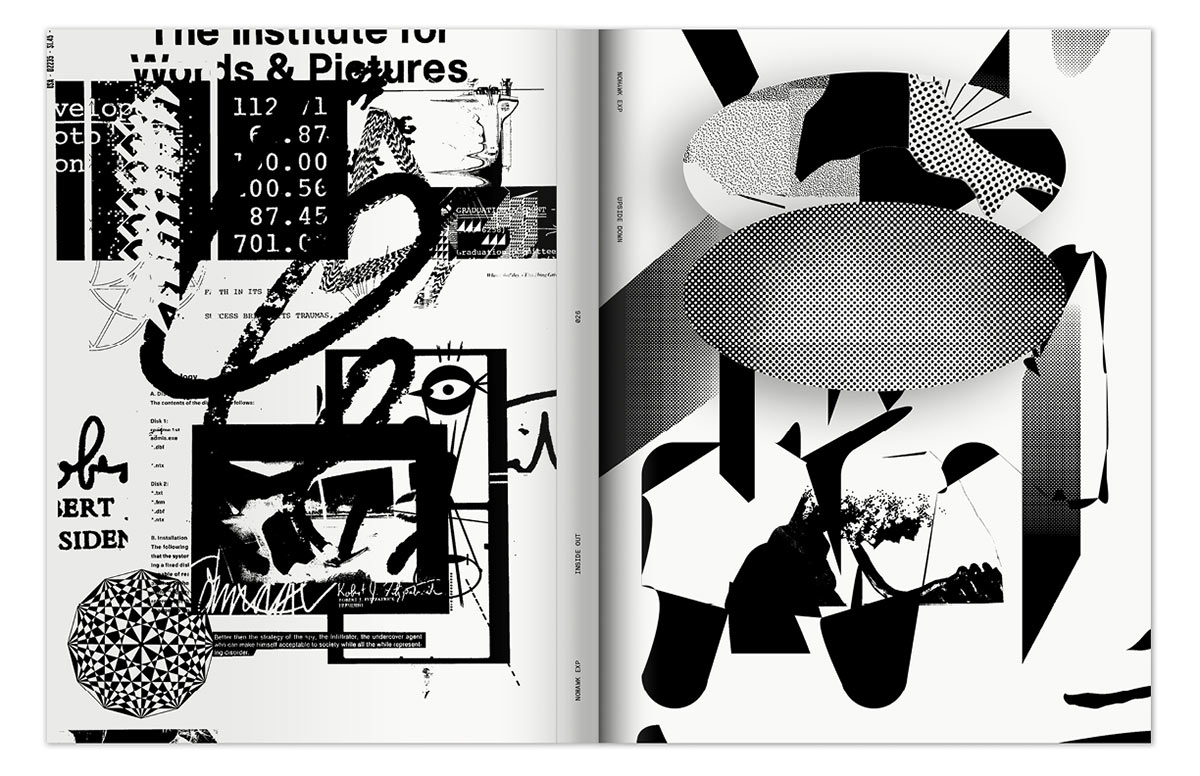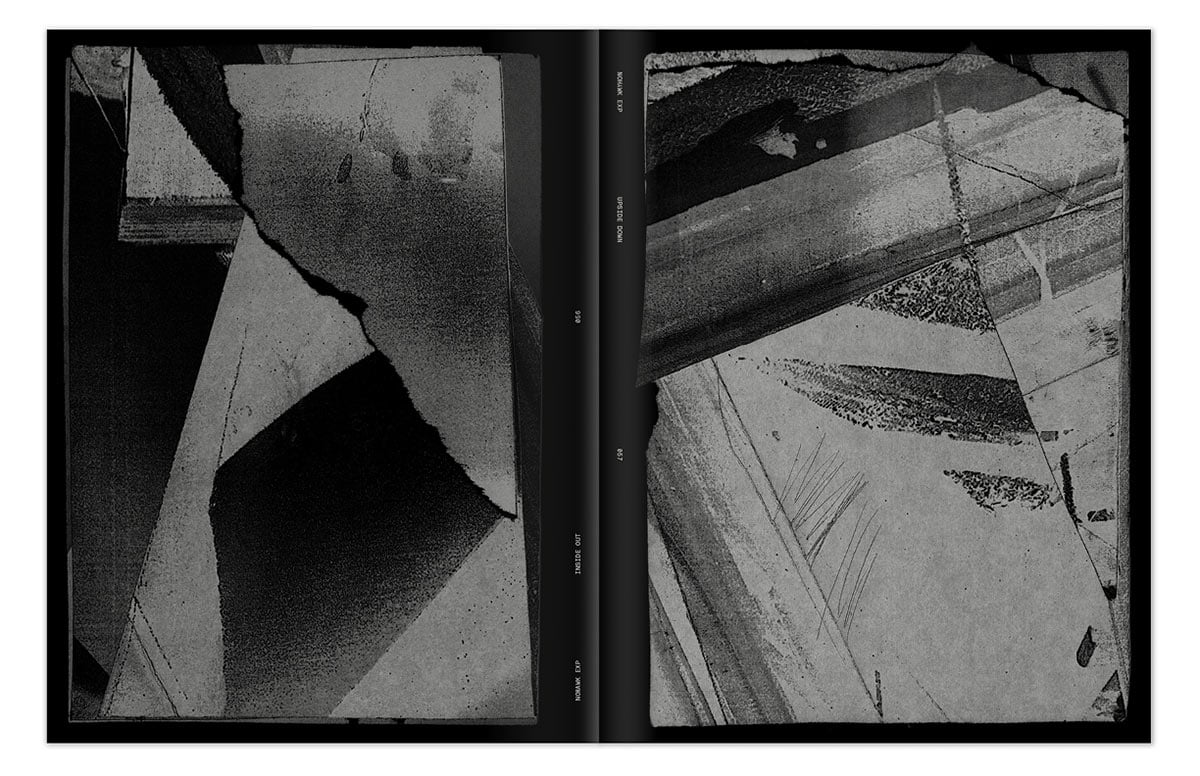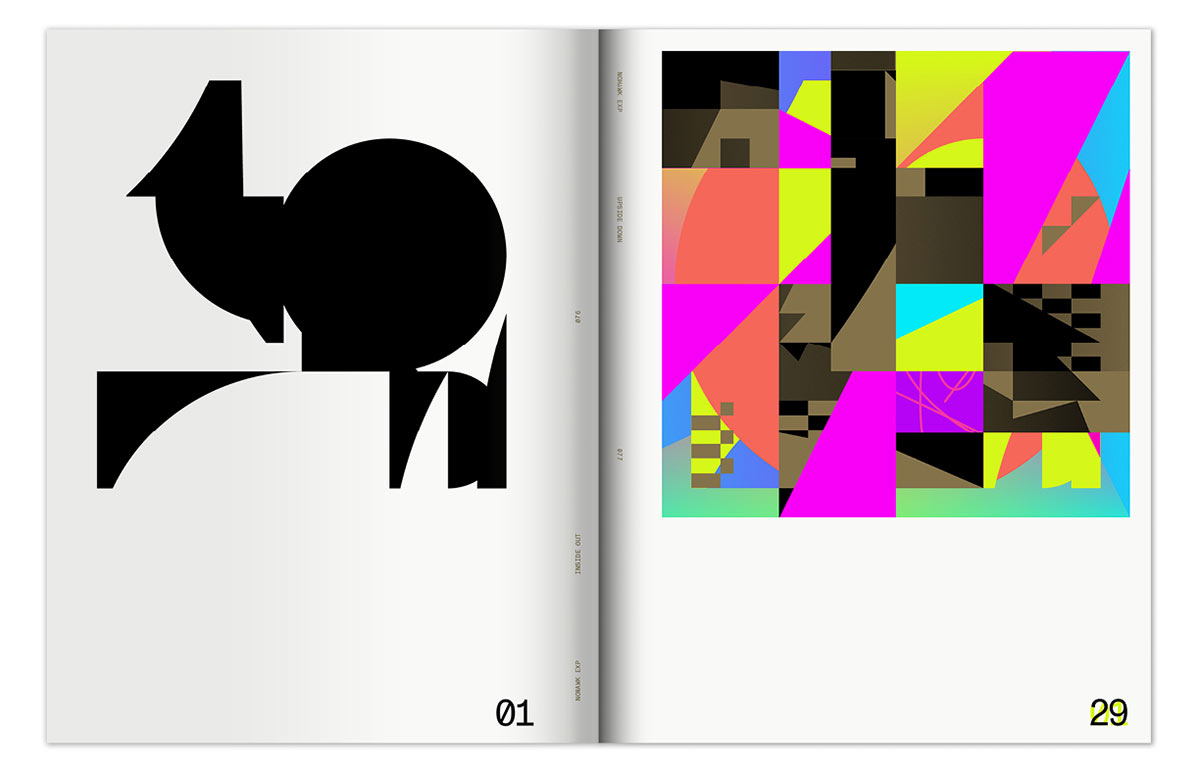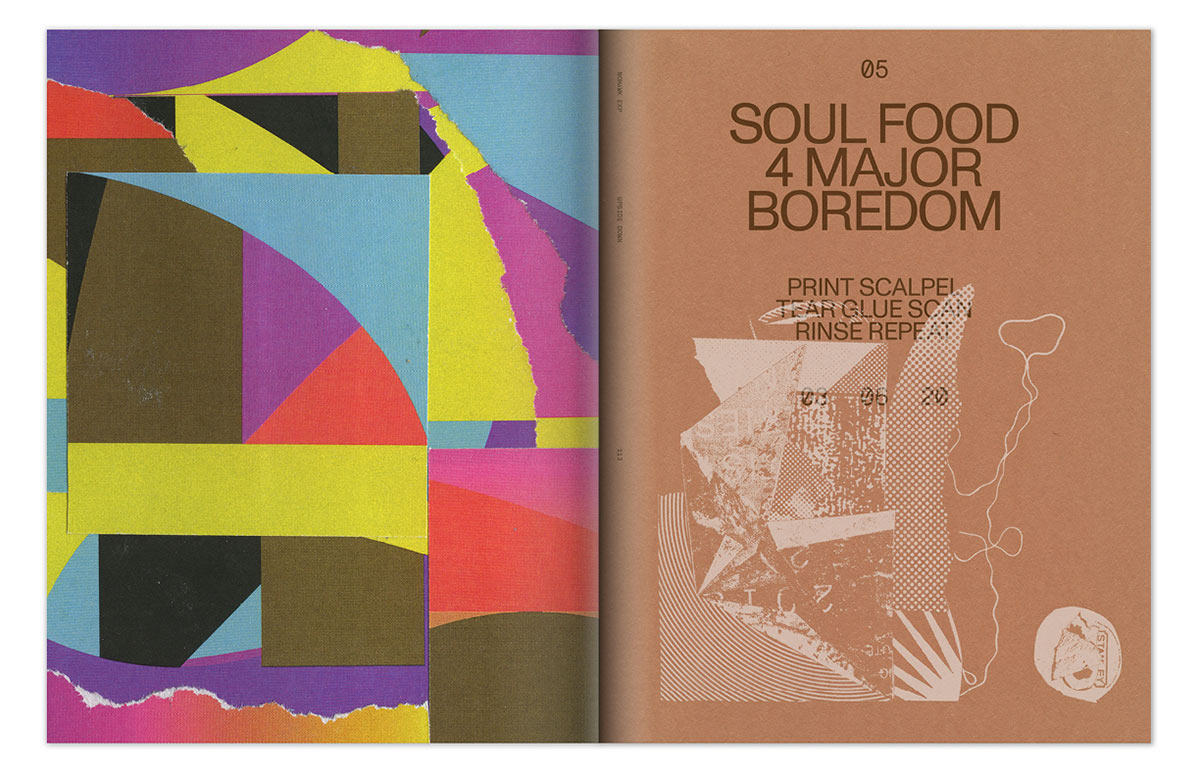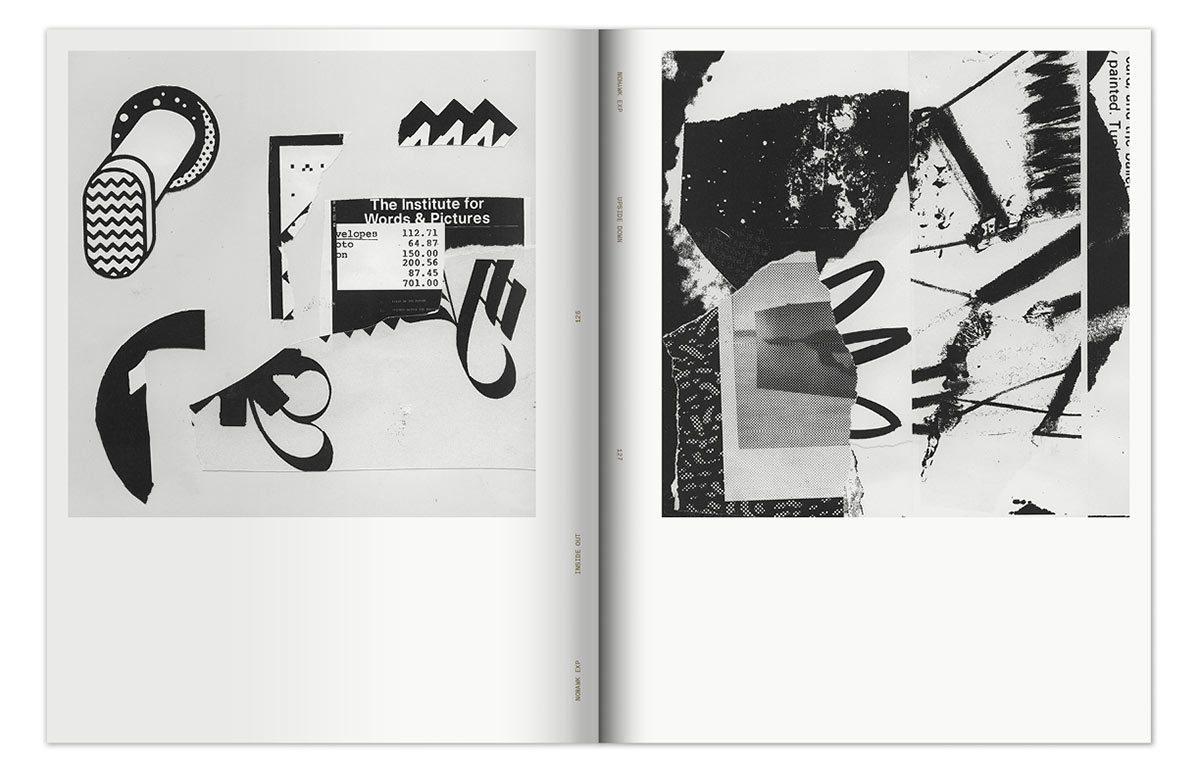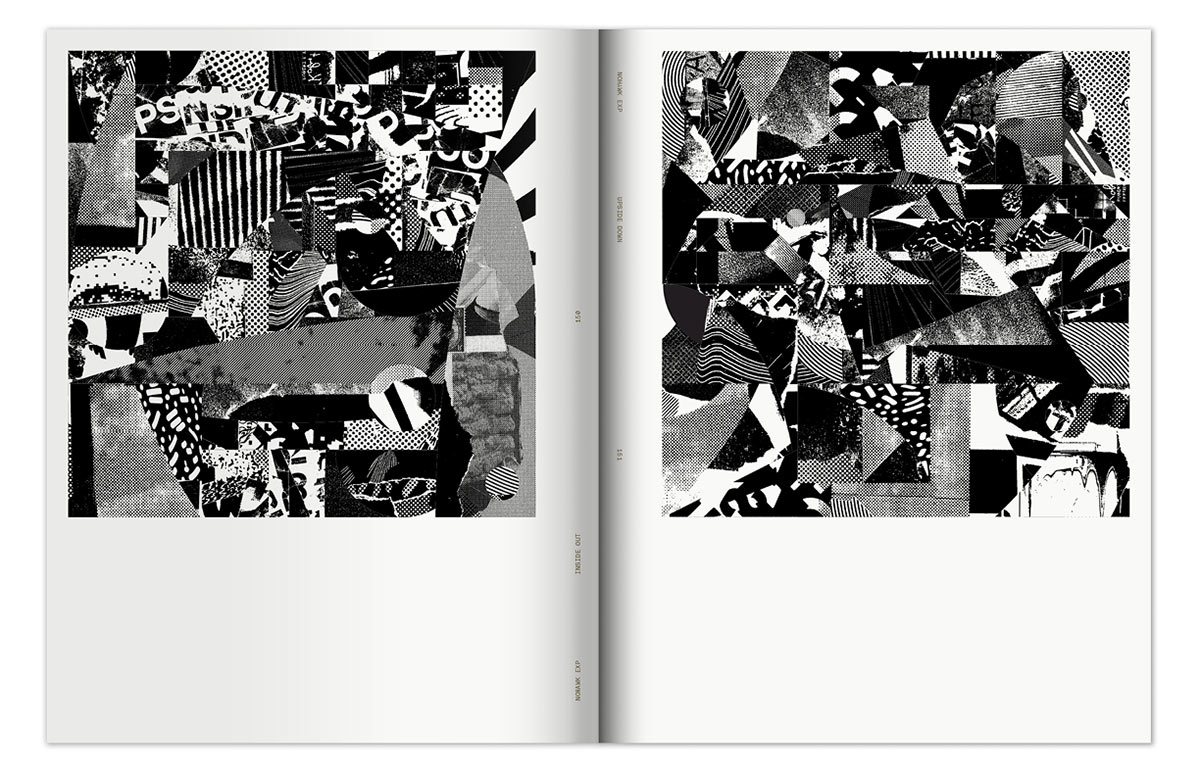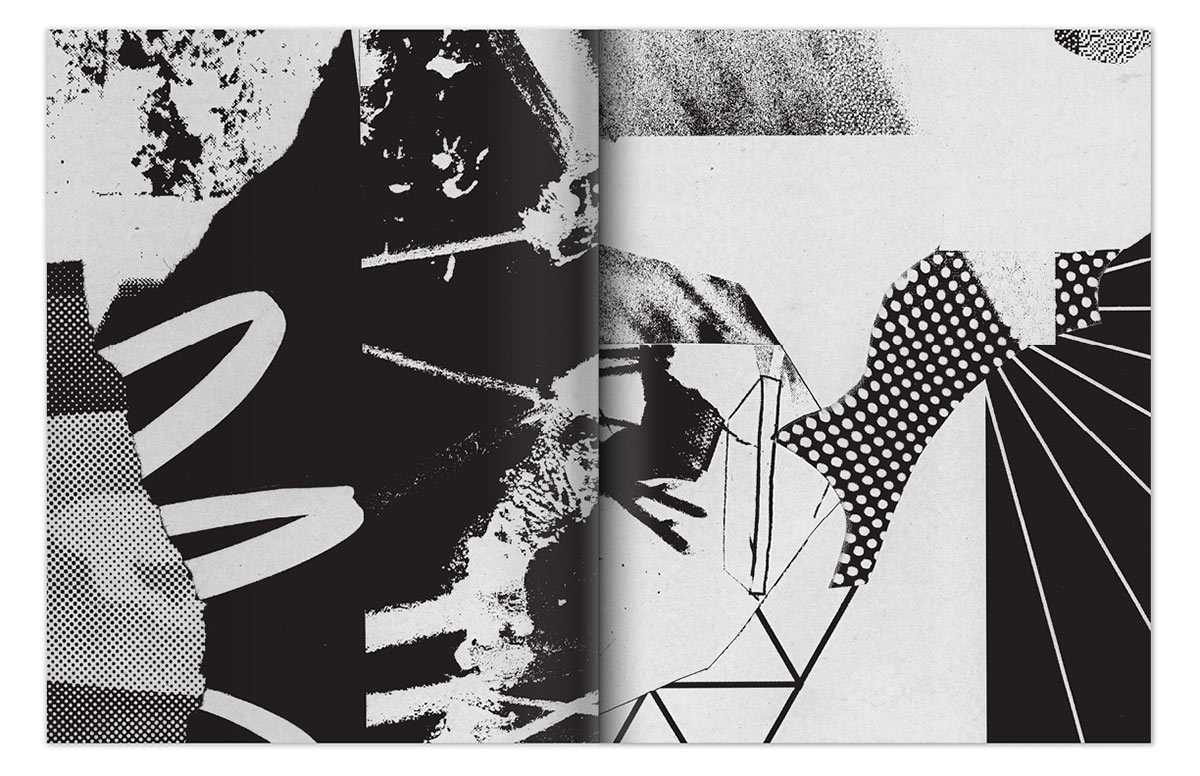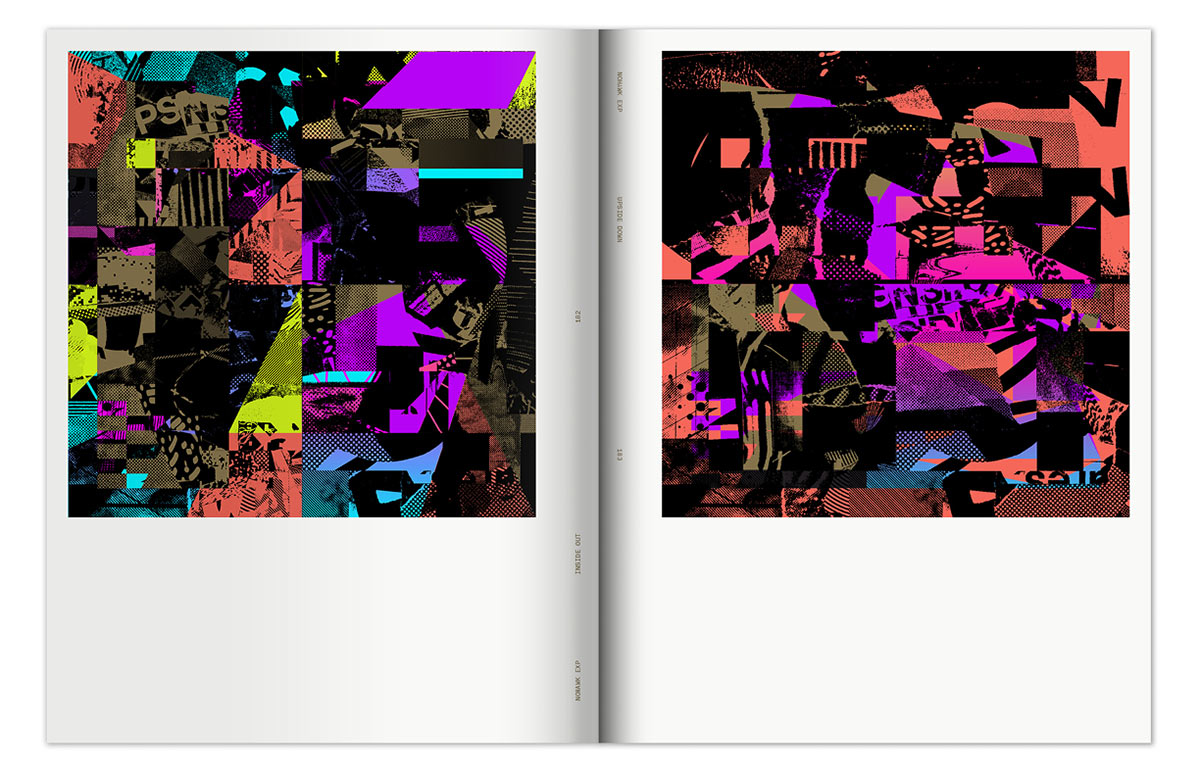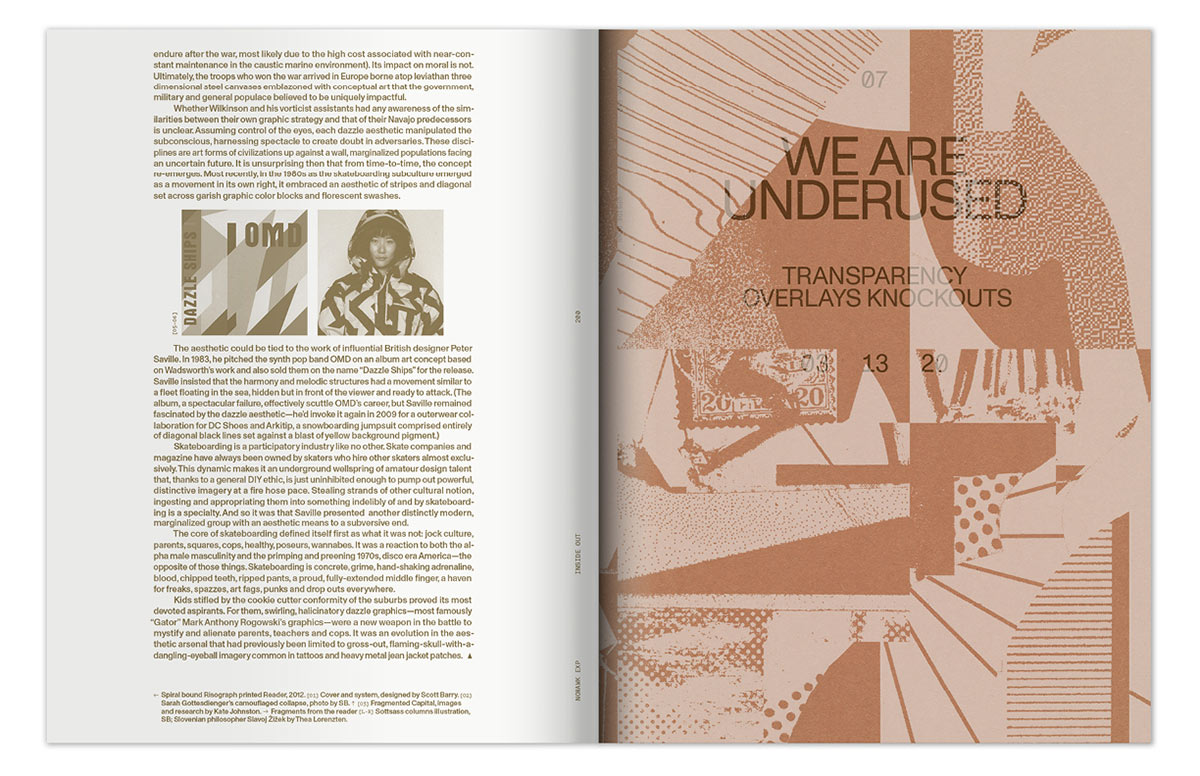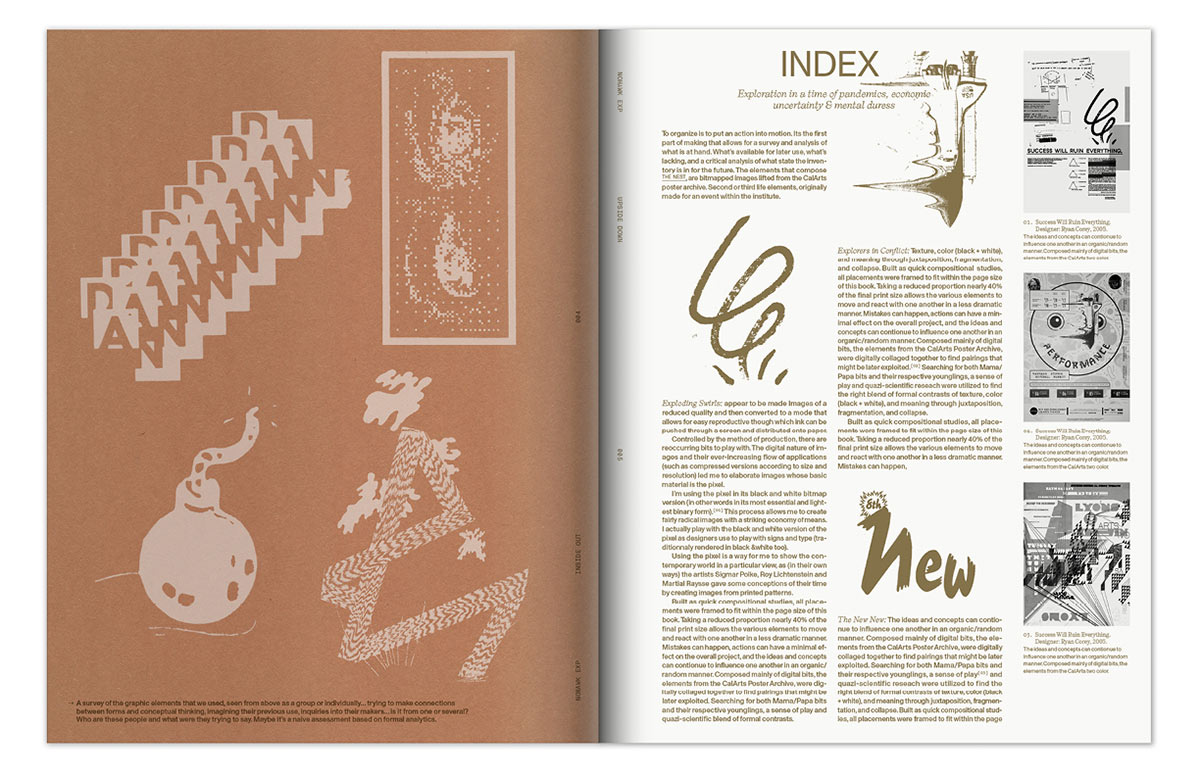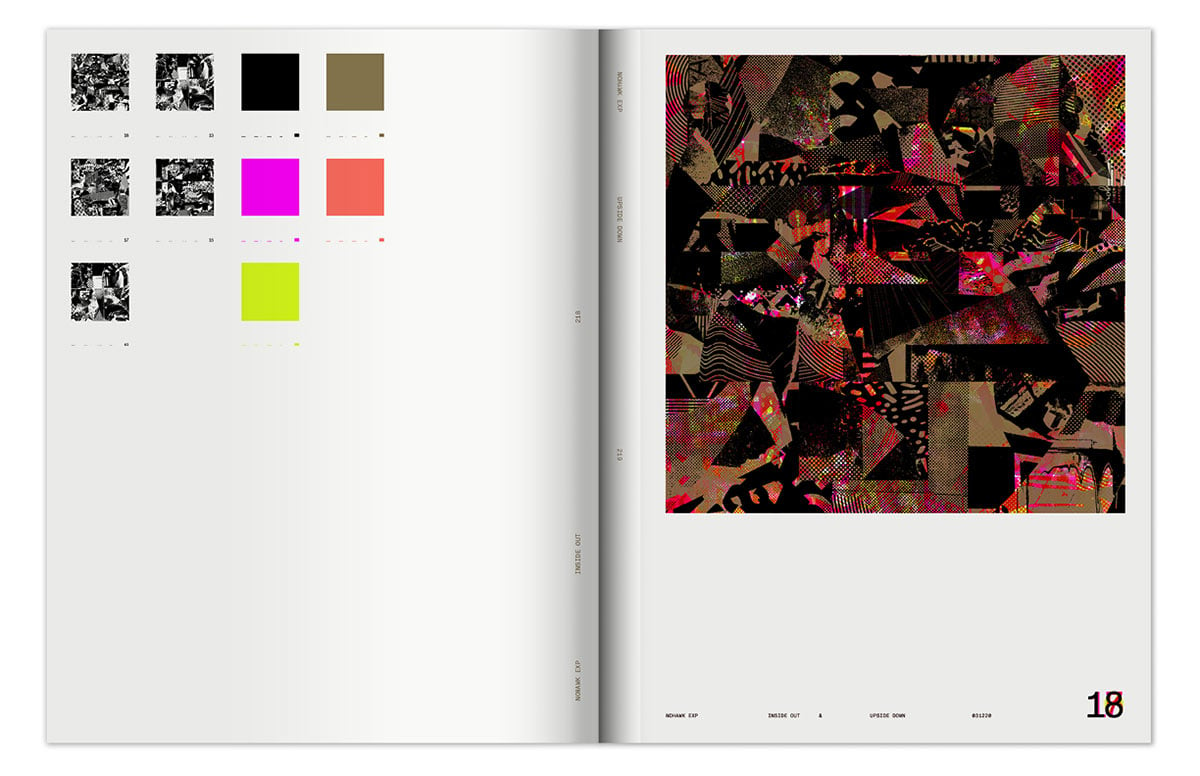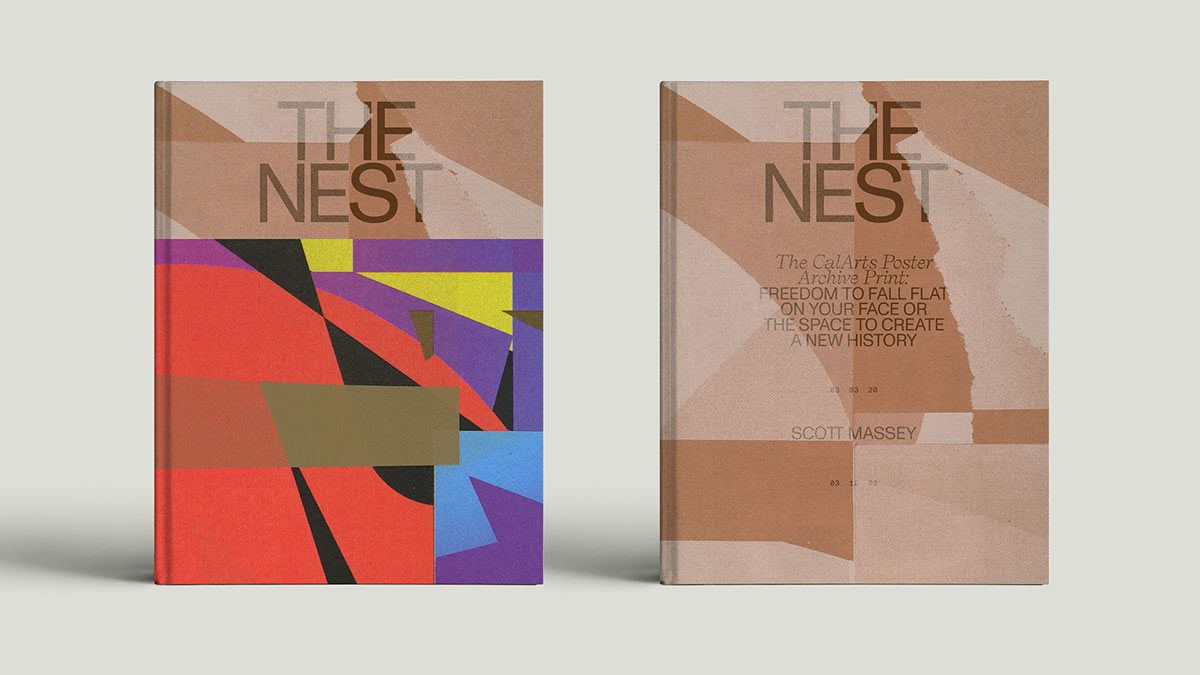The Nest by Scott Massey and Laura Bernstein
Slanted × Kickstarter
Nine selected book projects from the first Slanted × Kickstarter Mentoring & Publishing Program are live and ready to be funded. We are happy to present you the individual projects and hope you’ll support one, two, or all of them. ;)
In the book The Nest American designer Scott Massey celebrates his alma mater with a collection of poster art from the famous CalArts vaults. More precisely, the book is about a piece of art that “was created with the intent of making the best damn poster about posters for a poster show in poster show history.”
Working between New York and California, Scott Massey’s body of work is playful, considered, and deadly serious. As a hybrid art director/designer for Surfer and Patagonia Books, his projects were recognized by Print’s Regional Design Awards in 2013–2015, and he garnered a gold metal award from the Art Directors Club in 2017 for his Creative Direction on the MTV VMAs. His work is in the collections of both MoMA and LACMA.
We asked Scott a few questions about his project:
Your project was selected from nearly 100 submissions to be part of the Slanted × Kickstarter mentoring & publishing program. What did you learn, what helped you the most?
The most helpful part of this project has been breaking down the thesis behind The Nest, figuring out how to best describe the book in terms that someone not familiar with the subject matter could find it interesting. This part of the process was much more introspective and less intuitive than the actual making of the work. Within my process, ideas tend to organically build upon one another as a new phase is started. Through writing, conversations, and a little bit of nudging along the way I’m really excited with how clear the story of The Nest has been communicated. Many thanks to Lars Harmsen & Julia Kahl from Slanted, Julian Brimmers and Chris Nagel from Kickstarter, as well as the multi-talented Ian Lynam, Laura Bernstein, and Ethan Stewart.
How did this project come about?
The project was started in the first week of March, when a former professor of mine commissioned a poster to celebrate the exhibition Inside Out & Upside Down: Posters from CalArts 1970–2019*. Michael Worthington, the curator and designer of the exhibit/book, had a couple of requests, “make it bold, make it colorful, and if possible use the bits created by former students, and faculty.” From my perspective, the bitmapped clippings sourced from various posters in the CalArts archive represented the voices of past students and faculty (both known and unknown). My strategy from that point on was to find a structure that could merge and magnify a diverse range of forms in order to properly celebrate the school and people that have helped create this environment.
How important is the process of re-working for young designers? Which techniques can you recommend?
Re-thinking or re-considering work creates a space within a designers methodology that can provide the freedom to fail. Often designers are hell bent on constructing perfect solutions through the guidelines of the Modernist grid, a pseudo-scientific pursuit that is polished enough to cover up all flaws, scratches, and mutations. I’m interested in how a design can transform when introduced to a somewhat destructive system, how does it breakdown, build up, or mutate when introduced to new environments and variables. How does the human element enter into this development.
Two catalysts for change during the creative process are collage and mind maps. Whether using digital or analog processes, collage, enables the designer to move past preconceived ideas by pairing up dissimilar forms. In a similar manner, mind maps allow for free associations to organically develop across subjects, events, and histories. Within each practice, we’re allowing ourselves to create connections of both form and meaning in a short amount of time.
Why should our readers support your project? How do you hope to continue with it?
The intent of The Nest is to unpack the creative process, to share the journey with the design industry and general public with the hope that we will understand the importance of creating a place to play and fail in order to develop a designer’s voice. Within the next few months, we will continue to engage with design educators and practitioners through interviews, essays, and conversations to illuminate what it truly takes to start something and to keep going no matter the resistance, until you find your way out.
Thanks a lot for the insides and we keep our fingers crossed that your project will be financed!
